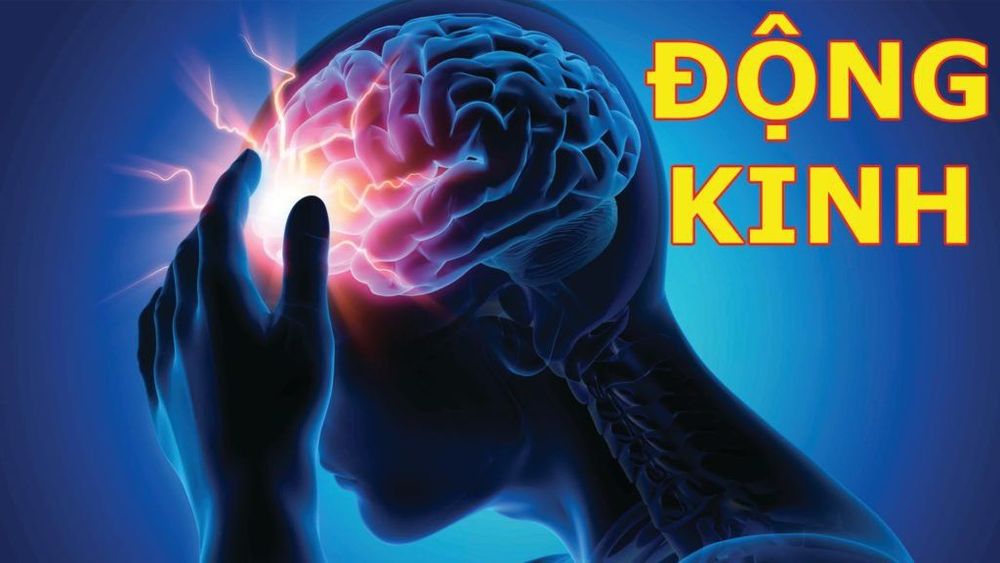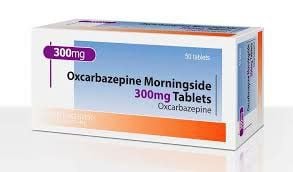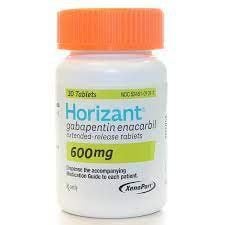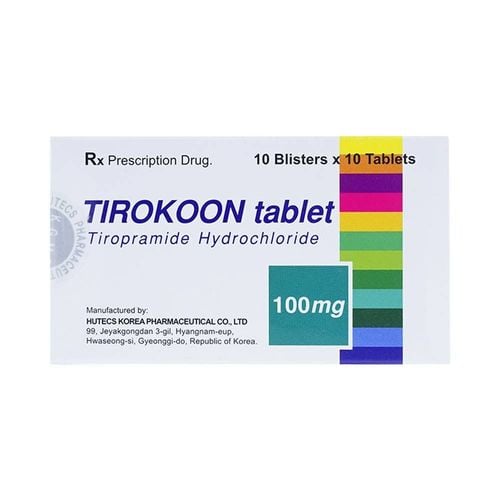This is an automatically translated article.
Anticonvulsants (also known as antiepileptic drugs) work in the central nervous system, causing many side effects such as drowsiness, dizziness, and possibly even suicidal thoughts or actions. , aggravate depression. The most important thing is to choose the right medication for the condition and minimize the harmful side effects of the drug.The therapeutic goals of anticonvulsants are maximal control of seizures with minimal drug side effects and improvement of the patient's quality of life.
1. Overview of convulsions
A seizure is abnormal electrical activity in the brain that occurs rapidly. In severe cases, it can cause unconsciousness and seizures, when your body shakes uncontrollably. Seizures often come on suddenly. Seizures can happen to you just once or over and over again. If they keep coming back, it's epilepsy or a seizure disorder. Having two or more seizures at least 24 hours apart without an identifiable cause is usually considered epilepsy.There are many types of seizures, including symptoms and severity. The types of seizures vary according to where they begin in the brain and how widespread they are. Most seizures last 30 seconds to 2 minutes. A seizure that lasts more than 5 minutes is a medical emergency.
2. Principles of Neurological Seizure Treatment Not everyone who has one seizure will have another because the seizure can be a single incident, the doctor may not decide to start. start treatment if you have more than one seizure. The ultimate goal in seizure treatment is to find the best possible therapy to stop the seizure, with the fewest side effects.
Some guidelines for anticonvulsant therapy:
Monotherapy with 1 to 2 trials is usually sufficient to control seizures in about 60% of patients. If seizures are difficult to control at the onset, a combination of 2 drugs may be required. whether the patient should be operated on.

Mục tiêu điều trị của thuốc chống co giật thần kinh là kiểm soát tối đa các cơn với tác dụng phụ tối thiểu của thuốc
3. Notes when taking anti-nervous drugs
The different side effects of the drug may influence the choice of anticonvulsant for each patient. For example, the weight-gain drug valproate may not be the best choice for overweight patients, or topiramate and zonisamide may not be appropriate for patients with a history of kidney stones.An important issue to be considered when taking anticonvulsants is whether the patient is or could become pregnant during treatment. Some seizure medications, including phenytoin and valproic acid, can harm a developing fetus. Options that may be safer during pregnancy include: Lamotrigine (Lamictal), levetiracetam (Keppra), Gabapentin (Neurontin).
The preferred anticonvulsant in infants and toddlers is phenobarbital. Conversely, the use of valproic acid (Depakene, Depakote) should be avoided in children younger than two years of age, because of the increased risk of liver failure. That risk decreases as the child gets older.
All drugs for seizures can cause drowsiness and dizziness - especially in the early stages of treatment. Alcohol is likely to increase those side effects.
Benzodiazepines have both anticonvulsant and antianxiety activity. These medications include diazepam (Valium), lorazepam (Ativan), clonazepam (Klonopin), and Clobazam (Onfi). The danger with long-term use of these drugs is their addictive potential. Abruptly stopping benzodiazepines can also cause convulsions, so patients should not stop taking it without their doctor's advice.

Tất cả các loại thuốc chống co giật thần kinh có thể gây buồn ngủ và chóng mặt
Please dial HOTLINE for more information or register for an appointment HERE. Download MyVinmec app to make appointments faster and to manage your bookings easily.
Reference source: msdmanuals.com












